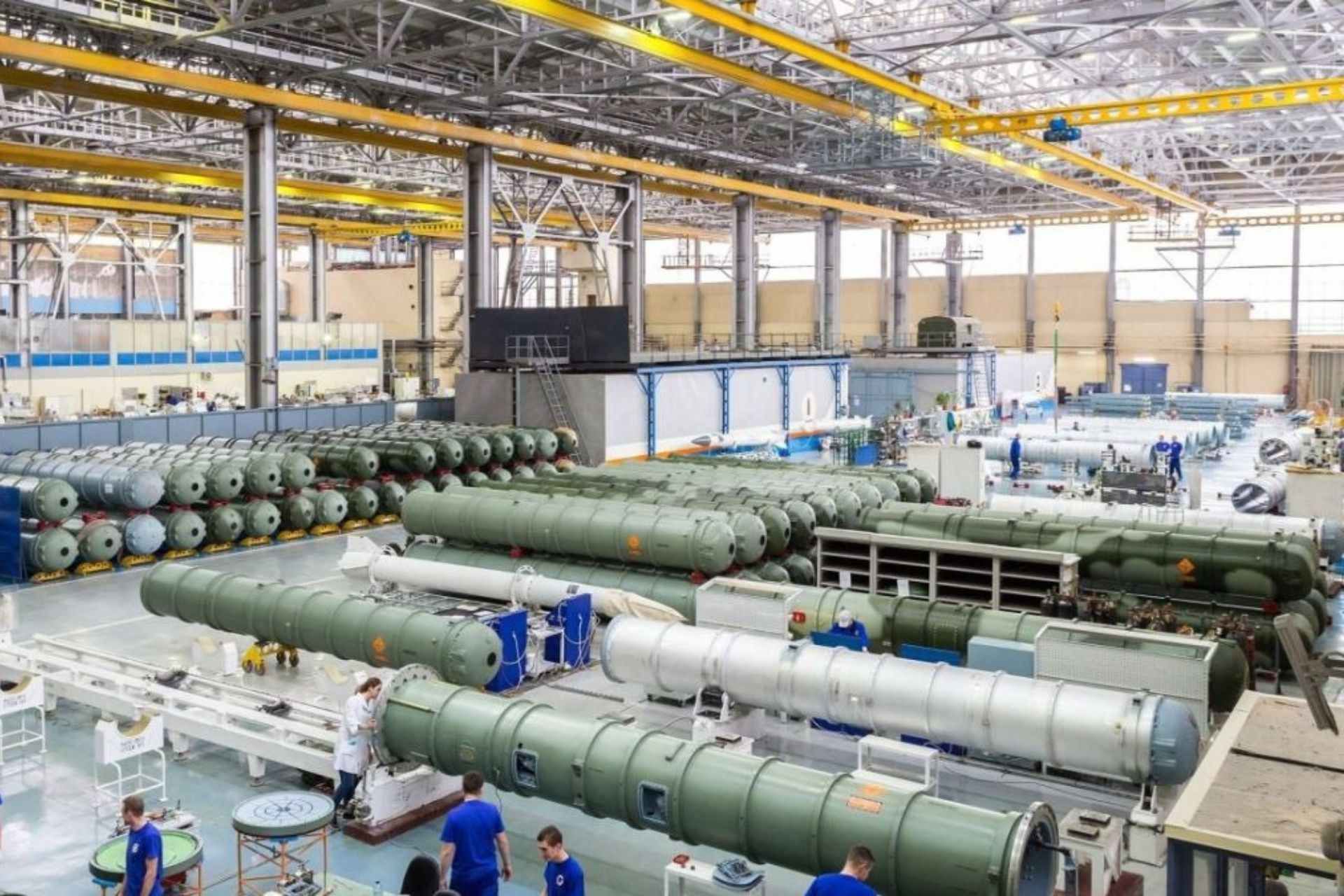Breaking News
Ukrainian Intelligence Reveals Russia's Missile Production Surge Despite Sanctions.
Andriy Yousov, a representative of Ukraine’s Defense Intelligence, shared on December 28, 2024, critical information about the state of Russia's missile stockpiles in an interview with Novyny.LIVE. According to him, Russia has accumulated over 1,400 long-range missiles, including a strategic emergency reserve. This increase enables Moscow to organize its strikes against Ukraine better and intensify reconnaissance efforts compared to the previous year. These revelations highlight a concerning escalation in Russia's military capabilities amidst the ongoing conflict.

Russia's missile stockpile grew significantly from 870 in November 2023 to over 1,400 in 2024, marking a substantial increase (Picture source: Russian MoD)
Yousov provided a detailed overview of Russia's current arsenal. The Russian armed forces reportedly have 500 Oniks missiles, more than 400 Kh-101, Kh-55, and Kh-35 cruise missiles, approximately 350 Kalibr missiles, 130 Iskander ballistic missiles, and 50 Kinzhal missiles. This represents significant growth compared to November 2023, when the stockpile was estimated at 870 long-range missiles, excluding the Oniks missiles. Even assuming the Oniks inventory remained unchanged, the current total surpasses previous estimates, reflecting an intensified production effort.
This stockpile expansion is largely attributed to sustained production rates. According to Yousov, Russia produces between 40 and 50 Iskander missiles, 30 to 50 Kalibr missiles, and approximately 50 Kh-101 missiles each month. These figures indicate a steady increase in manufacturing capacity over the year. For example, in April 2024, the monthly production rate of Kh-101 missiles was estimated at 40 units, which rose to 50 units by July and has remained consistent since. Similarly, Kalibr missile production, initially estimated at 30 units per month in April, saw occasional increases despite variations in output.
These developments underline Moscow’s determination to bolster its strategic strike capabilities and diversify its missile arsenal. The integration of missiles like the Oniks and Kinzhal into its reserves demonstrates this approach, supported by enhanced reconnaissance and meticulous attack planning. Such measures reflect adaptation to a prolonged conflict and raise concerns about shifting dynamics on the battlefield.
Despite Western economic sanctions designed to hinder its military production, Russia has managed to increase its long-range missile stockpile. These sanctions, which limit access to critical technologies and components, have complicated the manufacturing of advanced weaponry. Nevertheless, Russia has adapted by diversifying supply chains and developing alternative solutions. Reports also suggest that Western components continue to appear in Russian weapons, indicating the presence of procurement networks circumventing imposed restrictions.
To support its war efforts, Russia relies on allies such as Iran, North Korea, and China. Iran has supplied drones and ballistic missiles, while North Korea has increased its shipments of weapons and ammunition to Moscow. China, for its part, provides electronic components and dual-use technologies crucial for Russian arms production. This international cooperation has allowed Russia to partially mitigate the impact of sanctions and sustain, if not expand, its military capabilities despite economic isolation imposed by Western nations.


























